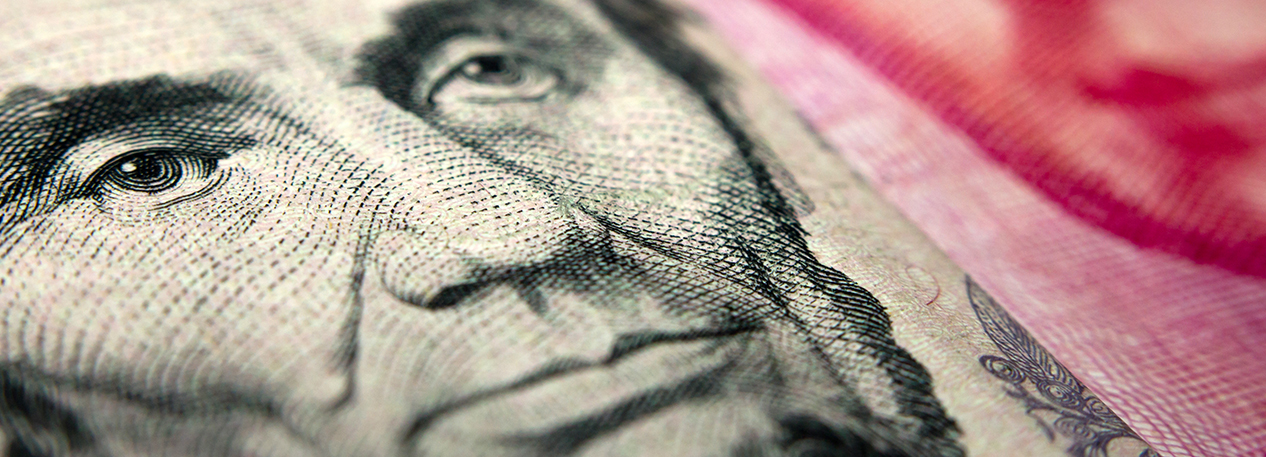More than seven years after the enactment of the American Recovery and Reinvestment Act, economists, legislators, and the American people continue to debate the effective ness of the measure. The largest U.S. fiscal stimulus since the 1930s, the Recovery Act pumped hundreds of billions of dollars of federal spending and tax cuts into the economy in an effort to stem the massive job losses and steep drop in economic output that characterized the Great Recession. The projected impact of the stimulus on the federal budget through 2019, when the program is set to end, amounts to $832 billion. More than 90 percent of that total was realized by the end of 2011.
Did the Recovery Act work? Answering that question requires knowing more than whether employment and output increased after the stimulus began. It requires quantifying how much of the improvement was the result of the stimulus and determining whether the gains were greater than the cost. The central questions are: How can we know whether the economy surpassed the growth it would have attained in the absence of the stimulus? And even if it did, would it have grown even more with a differ ent type of stimulus?
For many economists, the most effective fiscal response to a recession remains an open question. The idea that a timely infusion of government assistance can save jobs and shorten a recession gained credence during the Great Depression. Based on the views of the British economist John Maynard Keynes, the theory holds that when private demand slumps, the government can stimulate the economy by spending more on public projects and cutting taxes for households and firms.
This article appeared in the First Quarter 2017 edition of Economic Insights. Download and read the full issue.
View the Full Article
